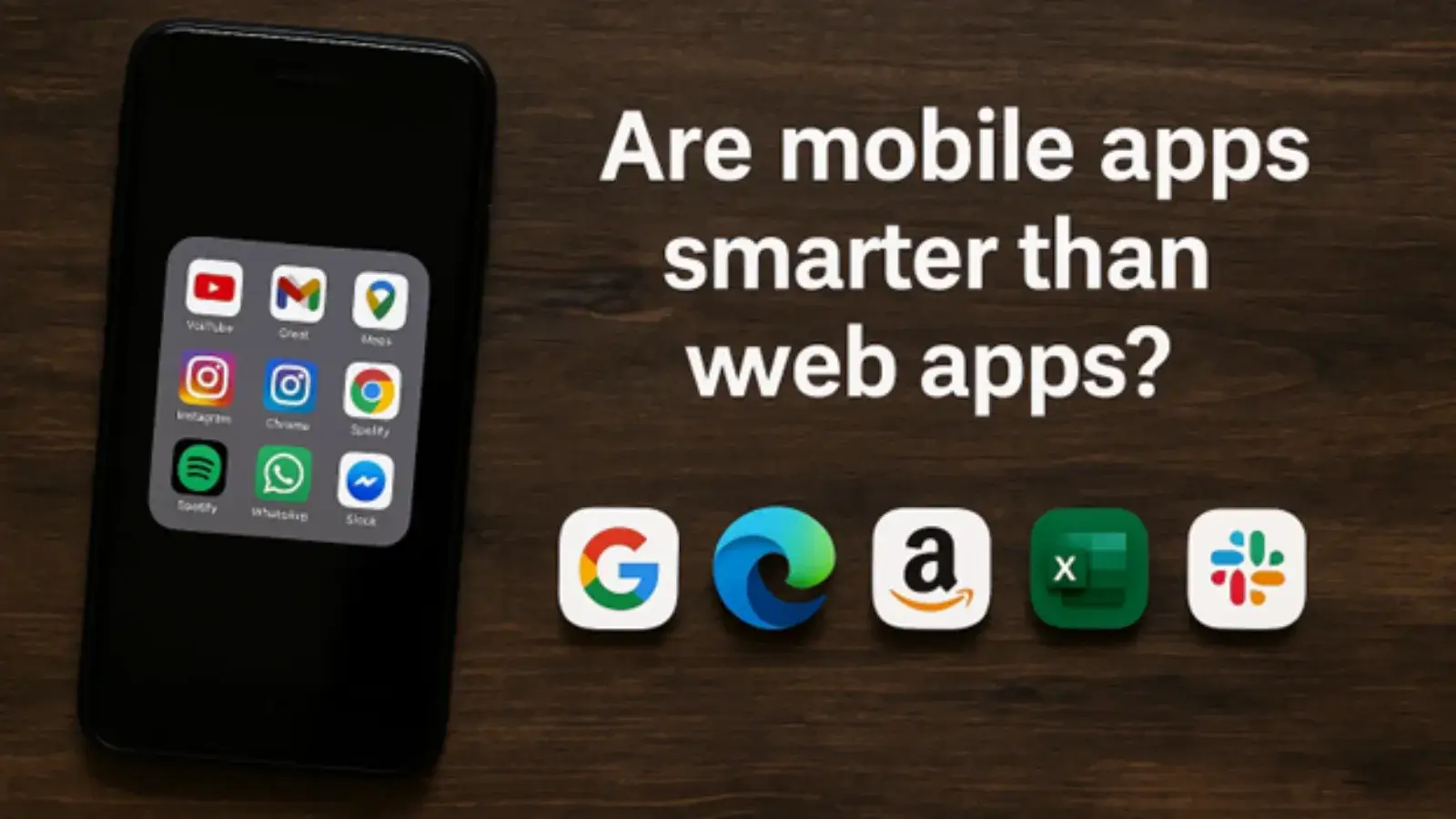
How Passive RFID Tracking is Changing the Game for Event Organizers

Running a smooth event is no small task. Between registration, managing crowds, and trying to figure out what worked (and what didn’t), it’s easy to feel like you’re flying blind. But passive RFID tracking is helping change that. It gives event organizers a clearer view of what’s happening in real time — and what to improve next time — all without interrupting the flow of the event. Let’s break down how it works, why it matters, and what you can actually do with it.
Why Passive RFID is Gaining Ground in Events
Events have grown more complex. There are more sessions, more people, and a bigger need to track what’s happening without slowing things down. Passive RFID offers a low-effort, high-impact way to do that. You can see where attendees go, how long they stay, and what areas get the most attention — no scanning required. That kind of insight used to be hard to get. Now, it’s becoming part of how smart events are run.
So, What Is Passive RFID Anyway?
The Basics — Without the Tech Jargon
Passive RFID (Radio Frequency Identification) uses small, battery-free tags that respond when they’re near a reader. You might stick one inside an attendee’s badge or wristband. When they walk past a sensor — say, at the entrance to a session or exhibit hall — the tag is detected and logged. That’s it. No tapping, scanning, or stopping needed.
How It Differs from Other Options
Compared to barcode scans or Bluetooth beacons, passive RFID is more hands-off. Barcodes need to be scanned one at a time. Bluetooth relies on mobile devices and can be harder to manage in dense environments. Passive RFID just works in the background, quietly collecting accurate, time-stamped movement data.
What You’ll Need to Make It Work
Tags, Readers, and Software — the Core Setup
You’ll need three main parts: tags that are embedded in badges or wristbands, readers that detect those tags when they pass by, and software that collects and displays the data in a way you can use. The setup is straightforward once you’ve mapped out the key areas where you want to track movement.
Making the Pieces Work Together
Readers are usually placed at strategic points — doorways, hall entries, booth zones, and so on. As attendees move through the space, their tags are picked up. The software logs this automatically, building a timeline of where people went and when.
Setting Things Up Before Your Event Starts
Getting Tags into Attendee Hands
Whether you mail badges ahead of time or hand them out onsite, the goal is simple: make sure everyone gets a tagged credential. Tags can be printed into the badge or attached separately. Just make sure they’re placed where they’ll be easy to read — not tucked into pockets or flipped backwards on lanyards.
Reader Placement That Makes Sense
Readers should go where you need to track activity: entrances, exits, breakout rooms, exhibit halls, even lounge areas. Avoid areas where signals could get blocked or too much overlap could cause confusion.
Test Everything Early
Once things are set up, test it. Walk the space. Simulate crowds. Make sure the system reads tags consistently and sends the right info back to your dashboard.
What Happens Once the Event Is Live
Movement Tracking Without Interruptions
As people move around, readers pick up their tags. You can see when someone enters a session, how long they stay, and where they go next — all without asking them to check in or scan anything.
Understanding Session Attendance
RFID gives you a clear, accurate record of who attended which sessions. Not just how many showed up, but when they arrived and how long they stayed. It helps you spot which sessions truly held people’s attention — not just which ones were full.
Managing Access Automatically
If certain areas are restricted — think VIP lounges or paid sessions — readers can be configured to allow or deny entry based on each attendee’s access level. It’s fast, discreet, and keeps things moving.
What You Can Learn After the Event
Real Data That Actually Helps
RFID data paints a picture of how people experienced the event. You can see popular paths, bottlenecks, underused areas, and hot spots. That helps you understand what worked, what didn’t, and how to plan smarter next time.
Going Beyond Headcounts
You’re not just seeing how many people were in the room — you’re seeing how long they stayed, when interest dropped off, and where they went next. It’s the kind of detail that can seriously shape future programming.
What Makes It Worth Using
Smoother Entry, Happier Guests
With RFID, you can eliminate lines and delays at check-in. Attendees don’t have to fumble with codes or stop for badge scans. They walk in, and the system tracks it automatically.
Less Manual Work, Fewer Errors
Your staff doesn’t have to scan badges or enter attendance by hand. That means fewer mistakes, less pressure, and more time to focus on the guest experience.
Real-Time Visibility
You’ll know, moment to moment, how your event is flowing. If one room is over capacity or an area isn’t drawing attention, you can act fast and adjust on the fly.
Questions People Ask About RFID Tracking
Is this tracking secure?
Yes. Tags don’t hold personal data. They just carry an ID, which gets linked to your attendee records in the software. All communication can be encrypted and controlled.
What if an attendee doesn’t want to be tracked?
That’s something you can plan for. Some systems offer opt-out options, anonymous tags, or data masking. Being upfront about what’s tracked — and why — helps build trust.
Can it handle big crowds?
Definitely. Passive RFID works well at large events — even when thousands of attendees are moving through the same space. With the right setup, it scales easily.
Does it work if people have their badges under jackets or bags?
Yes, most tags can still be read through clothing or fabric, though it's best to encourage visible badge placement for maximum accuracy.
What kind of data will I actually get?
You’ll see check-in times, session attendance, time spent in different zones, popular paths, and more. That gives you a full picture of attendee engagement.
Key Takeaways
Passive RFID tracking gives you a way to follow attendee behavior in real time, without slowing anyone down. It improves how events are managed, from check-in to session access to post-event analysis. When used well, it leads to smoother logistics, stronger insights, and a better experience for everyone involved.















